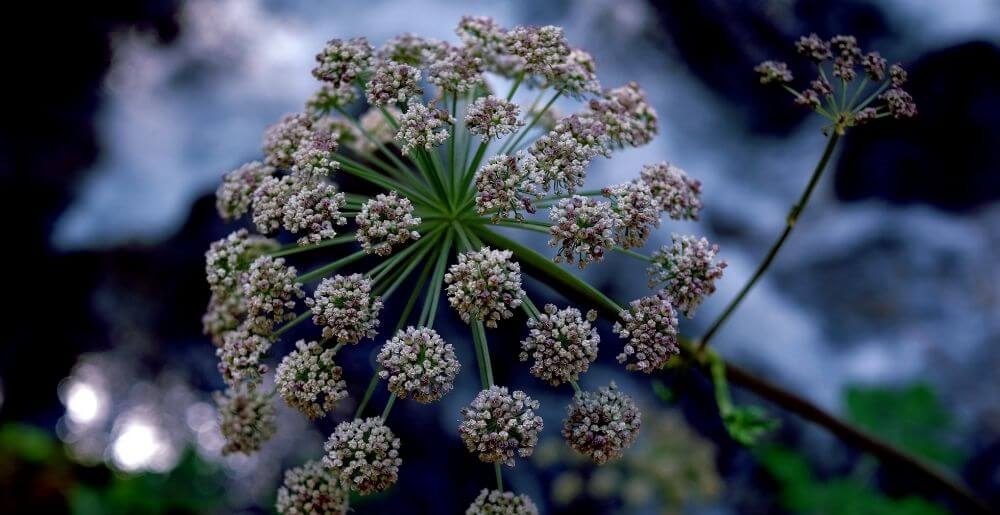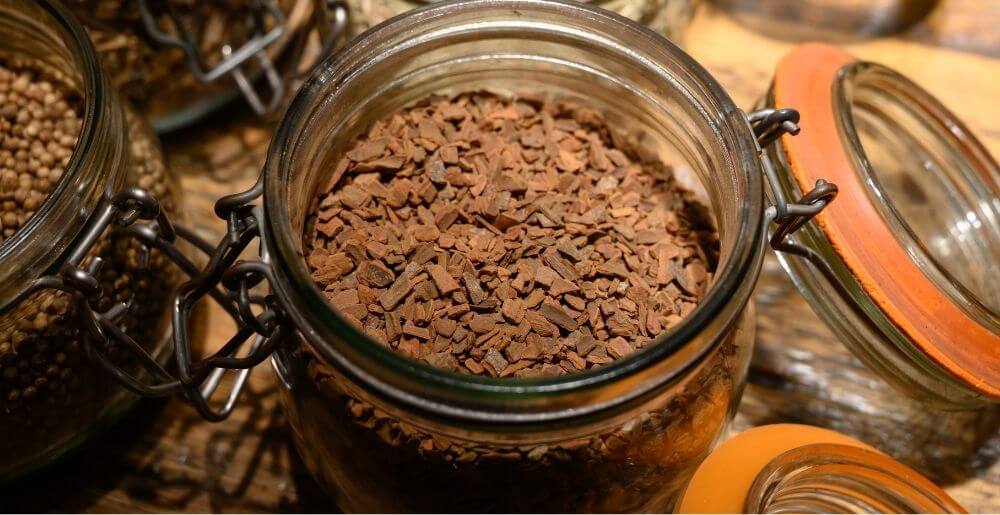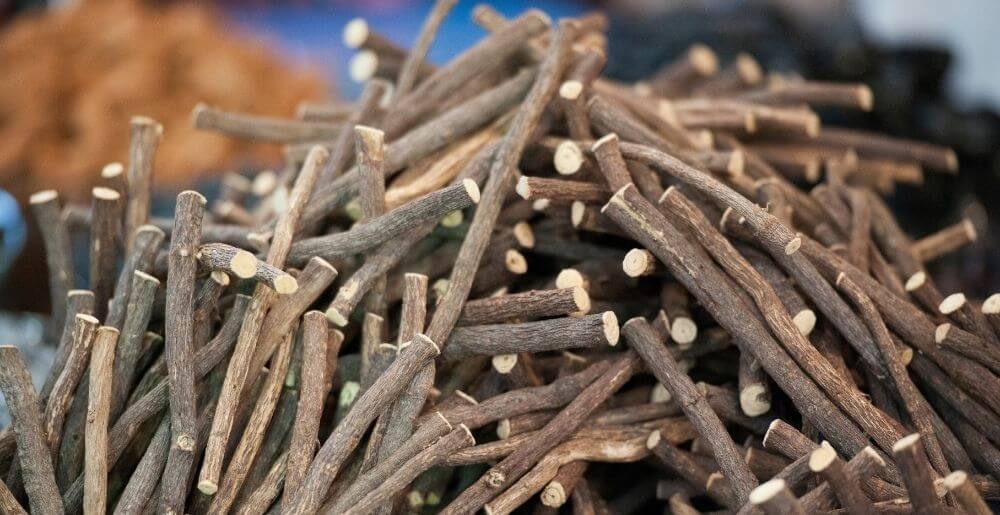You may or may not know this already but your favourite bottle of gin can be flavoured using hundreds of various types of berries, seeds, grains, flowers, herbs, roots, and fruits, with all of them working together in order to impart varying degrees of flavour, colour, and aroma.
Now, anyone who’s tried enough bottles of gin will know that every bottle tastes at least somewhat unique, with some always being somewhat more peppery, more citric, or more sweet or floral than others, which all goes back to the botanicals used by the distiller.
Whilst it’s true that most distilleries don’t share all of the botanicals that they’ve used (wouldn’t want to help the competition!), they do disclose the main ones, which makes it easier for you to figure out how a particular bottle will taste without even needing to open it first.
Even though this might not be a foolproof method, it does go a long way towards ensuring that you don’t ever buy a bottle that you won’t end up enjoying, with this article explaining how six of the most commonly used botanicals impact the flavour profile of a bottle of gin.
If you’re looking to first get up to speed with how botanicals are used in gin, and what the production methods and main flavour categories of the spirit are, head to our visual guide on the basics of gin before reading on.
Botanical One: Juniper Berry

By far the most important botanical to consider in any gin, juniper berries are required by law to be used by the distiller in order to call their product a gin.
Whilst it might be required, distillers will utilise it in varying amounts depending upon how they want their spirit to turn out as the impact on the flavour profile that the small berry has can be quite polarising to the average drinker.
Irrespective of whether you love it or hate it, however, most people describe it as imparting a strong pine-like bitterness, with slightly more subtle notes of pepper and bittersweet berry.
For those who enjoy craft beer, the taste that it imparts can be described as being very similar to what using lots of hops does, with the same type of pine-like bitterness found in a typical IPA.
If you enjoy gins that taste very bitter, piney, and distinctly dry then it is highly recommended that you seek out a bottle that has used a lot of juniper berry to flavour it.
Some of the most famous and well-known examples of these sorts of gin include London Dry Gin, Tanqueray London Dry Gin, or Four Pillars Rare Dry Gin, which are all examples of dry style gins that are known to be definitively more dry and piney in their flavour profile.
Botanical Two: Angelica Root

The root of the angelica plant is another one of the most important botanicals used in the production of gin and even other famous liqueurs, with it sitting just behind juniper berries and maybe coriander in terms of its importance.
Even though its use might not be required by law, the root is still often used by distillers in order to add earthy flavours of fungus (mushrooms), herbs (particularly a menthol taste), wood, and dry and bitter pine, meaning it compliments and enhances the fresh pine-like flavour of the juniper berry very well.
Looking outside of gin production, the roots can be brewed into tea or even used to help in the production of a musical instrument, making it an incredibly useful and widely used plant that is most commonly grown throughout many parts of central and western Europe.
For those who are interested to see how the botanical tastes within a gin, consider purchasing a bottle of Plymouth Navy Strength Gin, which is known for its intensely bold and aromatic flavour profile that heavily relies upon the use of angelica root.
Botanical Three: Coriander

When distillers say that they’ve used coriander in their gin they’re really referring to the coriander seed, with the plant being the second most used botanical after juniper berries.
As the plant is native to a whole range of different regions and parts of the world, gin distillers are spoilt for choice when deciding where they want to source their coriander seeds from, with slight variations in the exact flavour that the seed imparts on the gin occurring depending upon where the distiller sources theres from.
Whilst the specific flavours imparted by coriander seeds can vary in slight ways, it is generally known for it’s rather subtle flavours of ginger, pepper, citrus, and soft pine, making it somewhat close to juniper berries in its taste but generally a littler softer overall.
If you’re interested in seeing how the botanical tastes in a particular bottle of gin, try searching for a bottle of Ford’s Gin, which incorporates a rather substantial amount of the botanical, or Dr J’s Gin, which uses only four botanicals, one of them being coriander.
Botanical Four: Citrus

As there are quite a number of various citrus fruits that are used by distillers when crafting gin, it’s often easiest to just group all of them under one broad category.
That being said, two of the most common citrus fruits used are lemon and orange, with the peels of both of these fruits being the parts used the most.
As you can expect, the flavour that citrus imparts is responsible for making some bottles of gin taste very refreshing and definitively less bitter or dry than their more juniper-heavy counterparts, with some amounts of sweetness also being felt when particularly sweet oranges are used.
Our recommended bottles to try for those looking to see how citrus works in gin include Malfy Con Limone Italian Gin, which is a softer style gin that’s not to dry or bitter, the Tanqueray Flor De Sevilla, which relies on Spanish oranges to craft a slightly sweet style gin that’s perfect for those just looking to start exploring the spirit, and Manly Spirits Coastal Citrus Gin, which uses plenty of citrus to help make a truly refreshing gin and tonic.
Botanical Five: Orris Root

One of the most labour intensive botanicals to grow, the root of the iris flower (called orris root) takes three to four years to fully grow and another four to five years spent drying out once picked before it is finally ready to be distilled into gin.
Intensity aside, the rewards for using this plant in gin production are phenomenal as it is known for helping to provide balance and structure to what might have otherwise been a very sharp or uninteresting gin.
Outside of gin, orris root is also heavily used by those in the fragrance industry in order to help add a floral and damp and earthy sweet scent to perfumes, with the plant being more commonly used in perfume than it is in gin.
Back to gin, however, orris root is often responsible for imparting flavours and aromas of flowers, hay, and sweet earthy scents and tastes that are often compared somewhat to liquorice or even a barnyard.
Even though small amounts of orris root is only ever used when crafting gin, one of the brands that’s recommended that you try is Broker’s London Dry Gin, which uses botanicals from around the world, including Italian orris root.
Botanical Six: Liquorice Root

A concept that is commonly misunderstood by consumers, it is actually the root of the liquorice plant and not the liquorice candy that is used by gin distillers when crafting gin.
The distinction is important in this case because the liquorice root imparts significantly lesser amounts of candy-like sweetness to a gin than what most people expect, with it being more of an earthy and somewhat bittersweet botanical that is known for its subtly sweet and earthy spiced taste.
To see how the botanical is used within gin, we recommend that you look out for a bottle of City of London Distillery & Bar Christopher Wren Gin, which uses just five botanicals, one of which is liquorice.